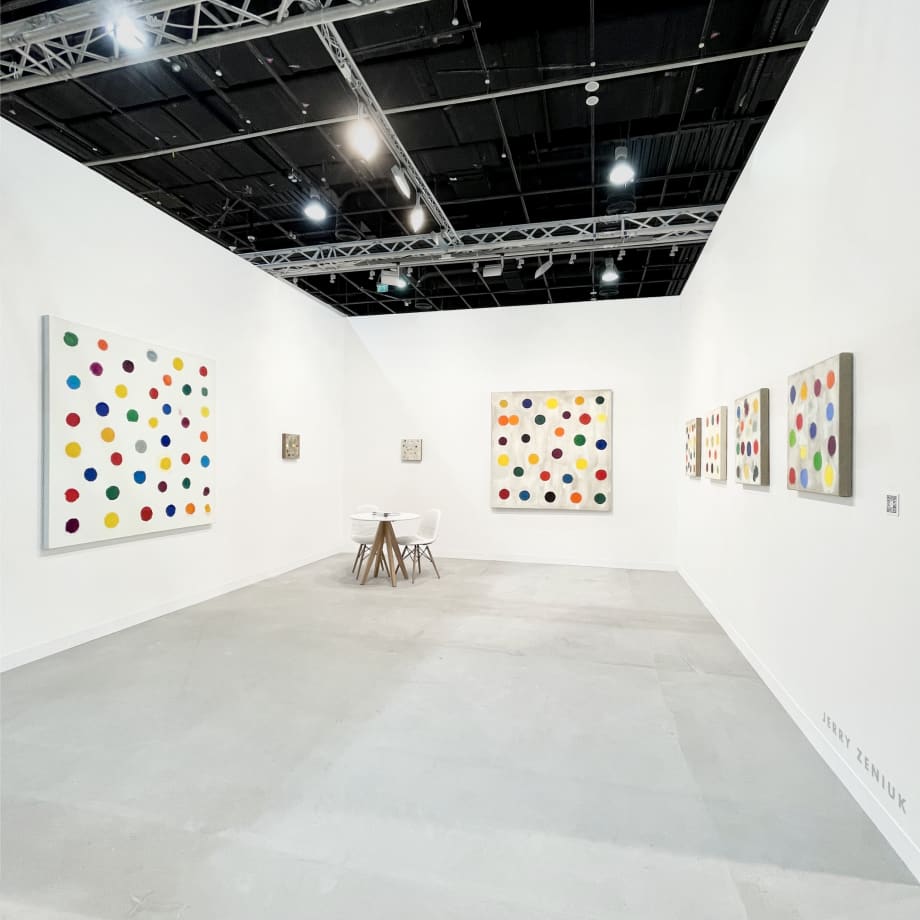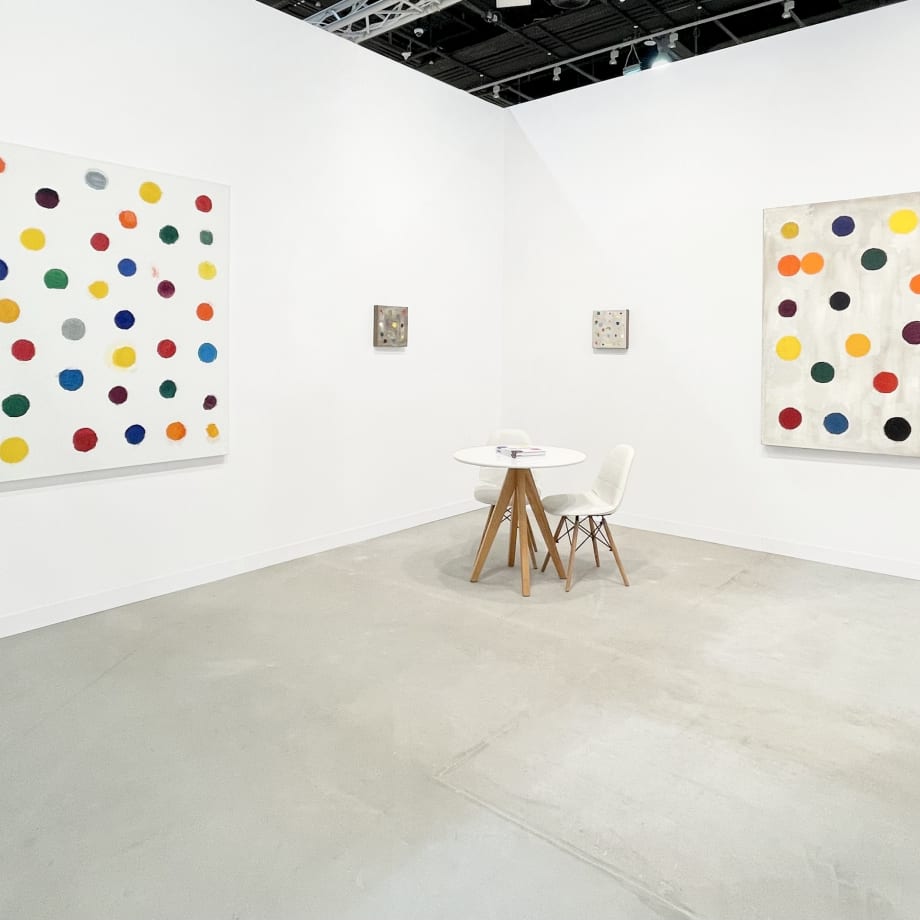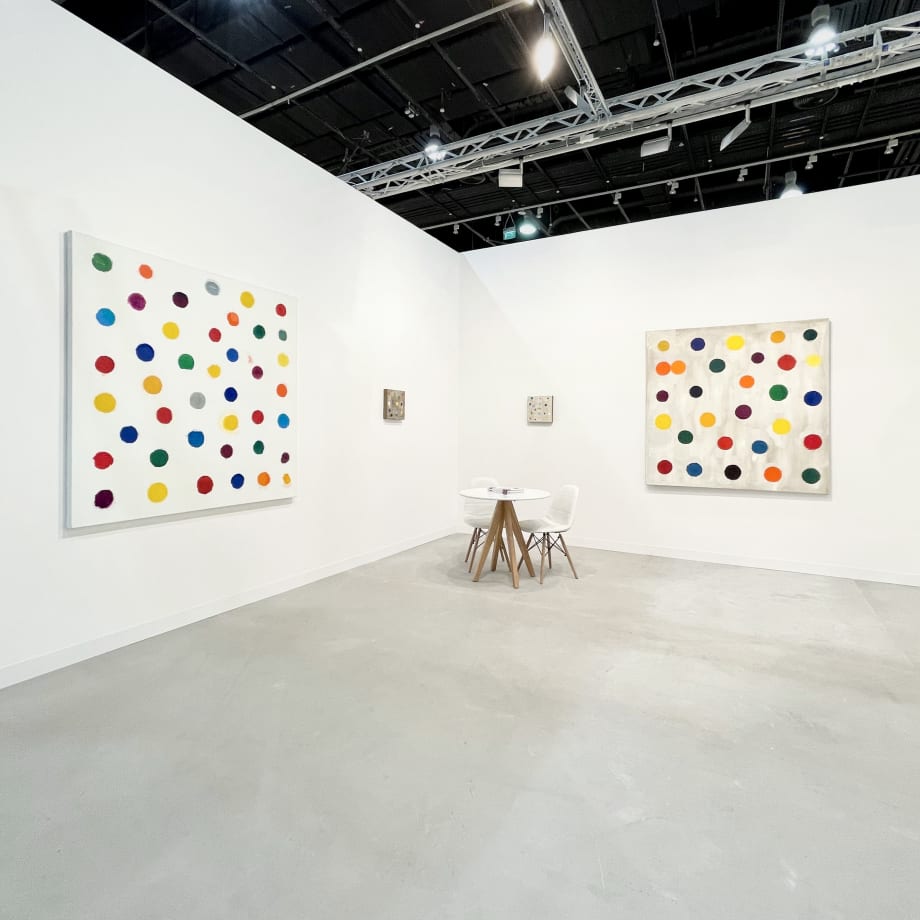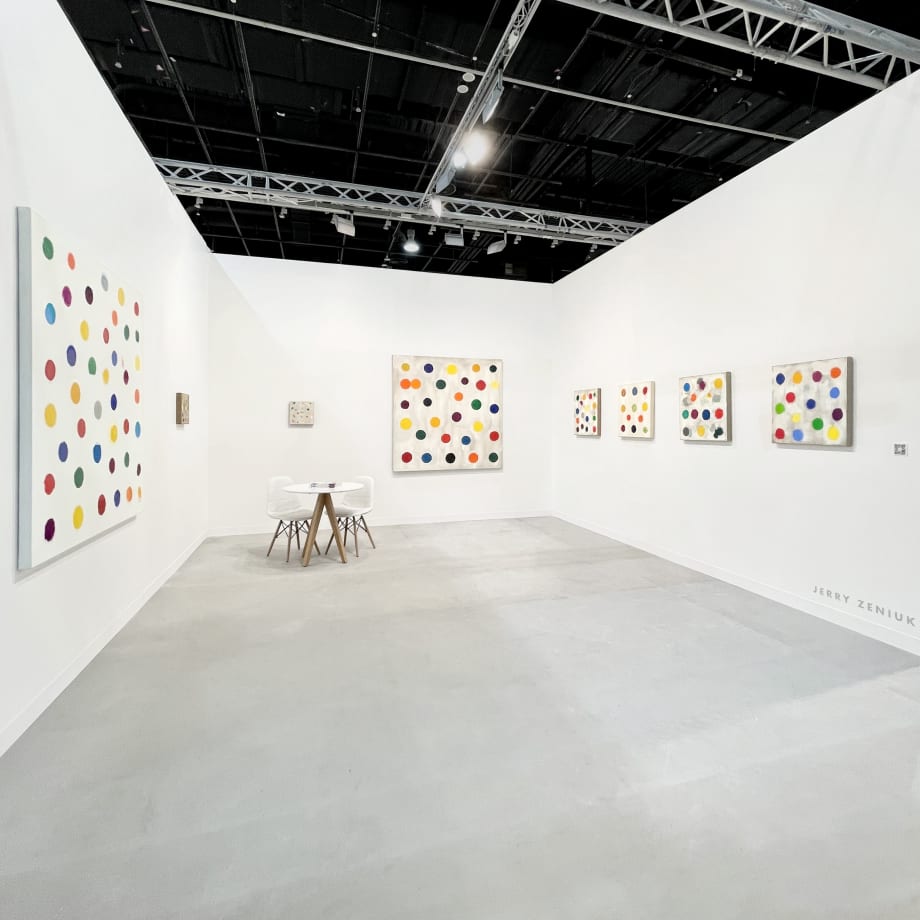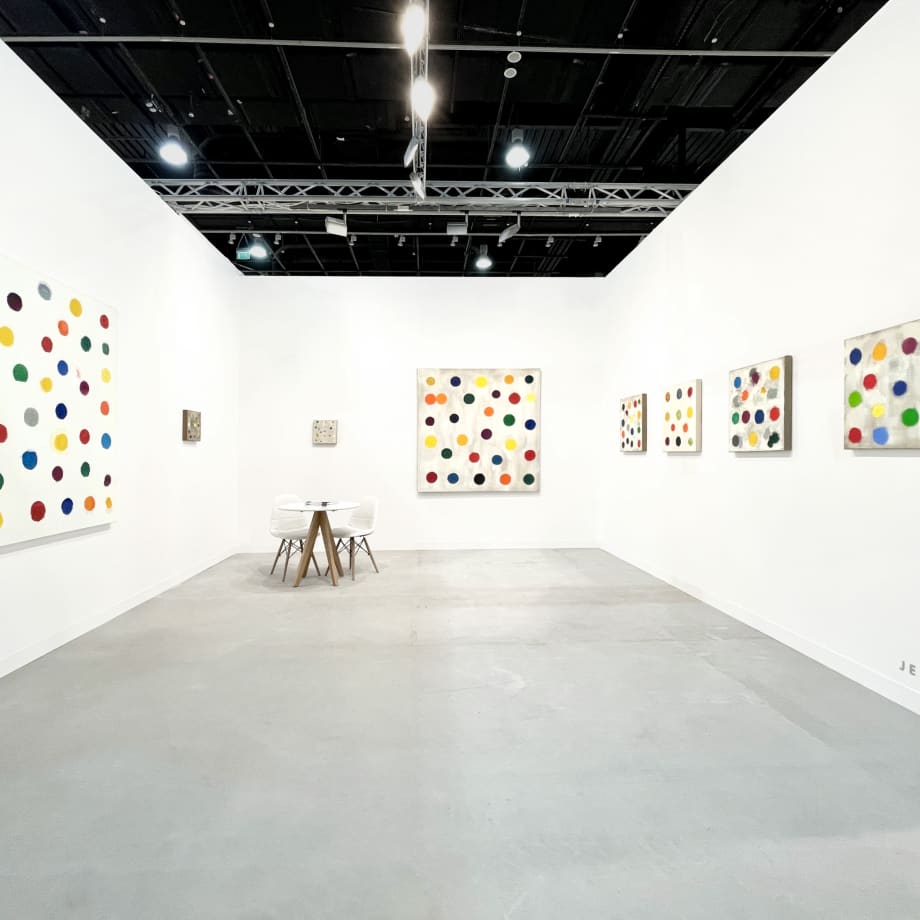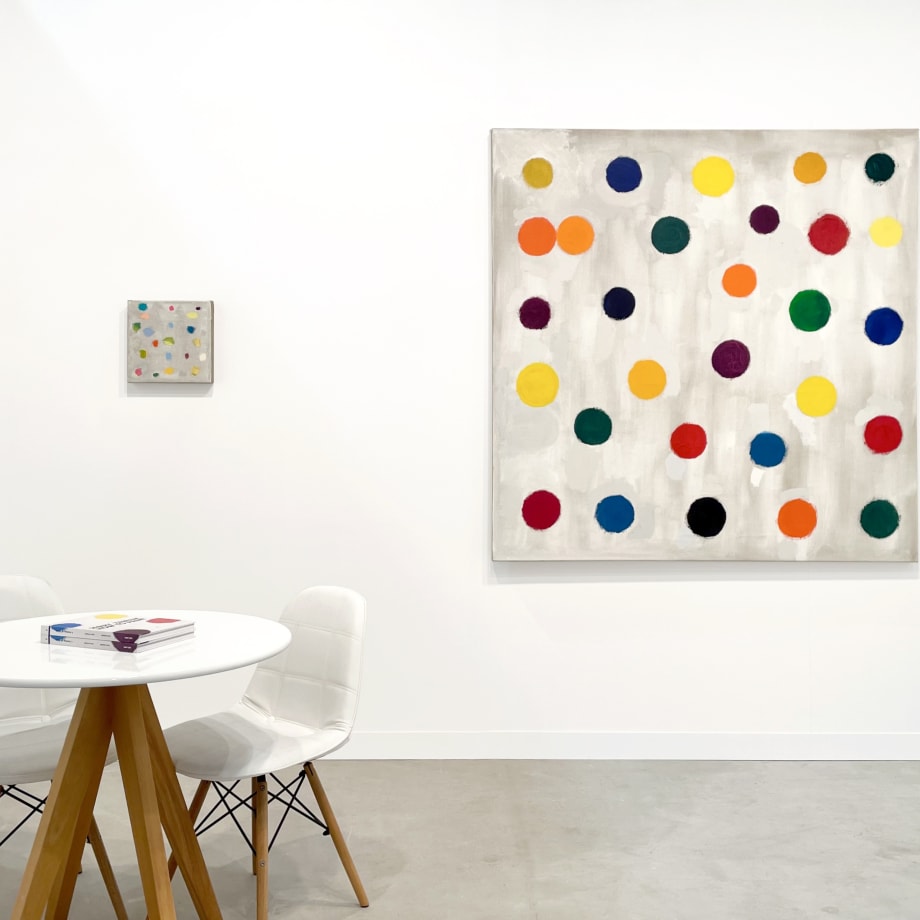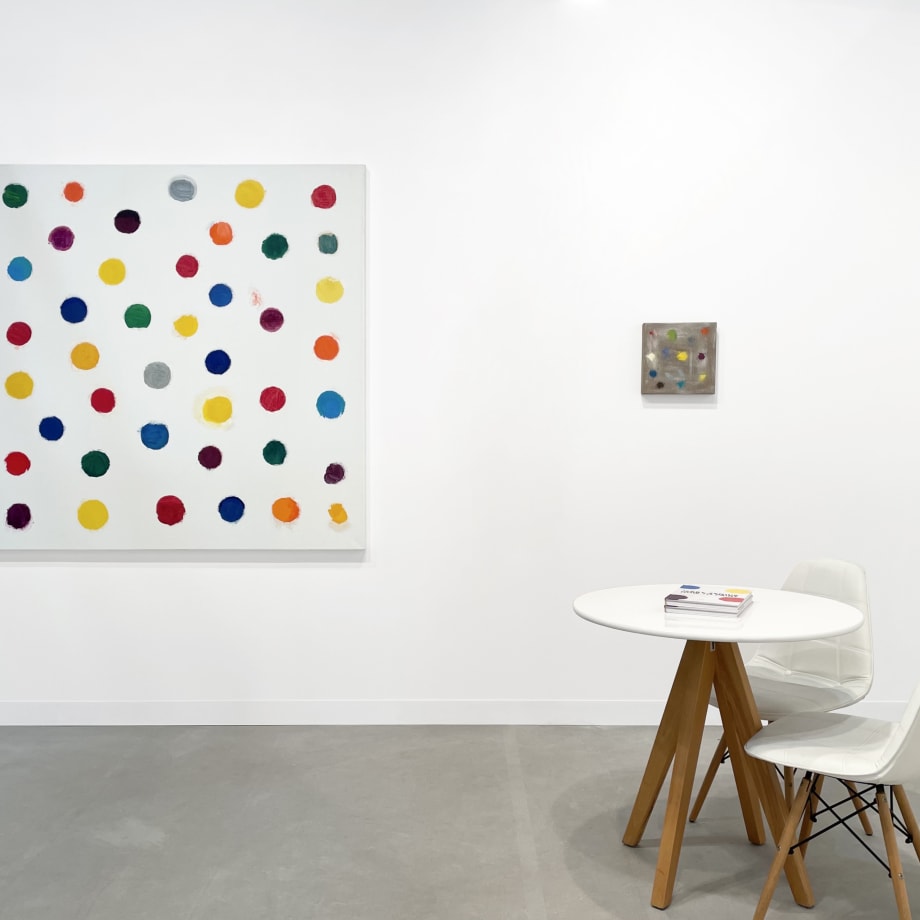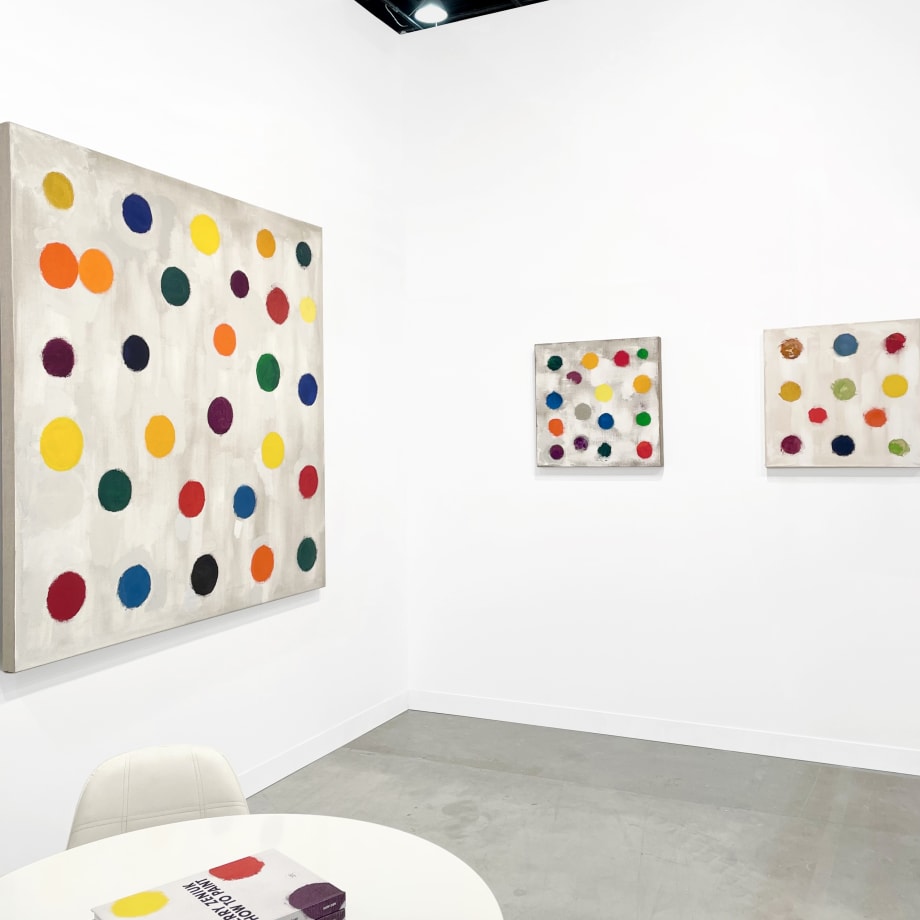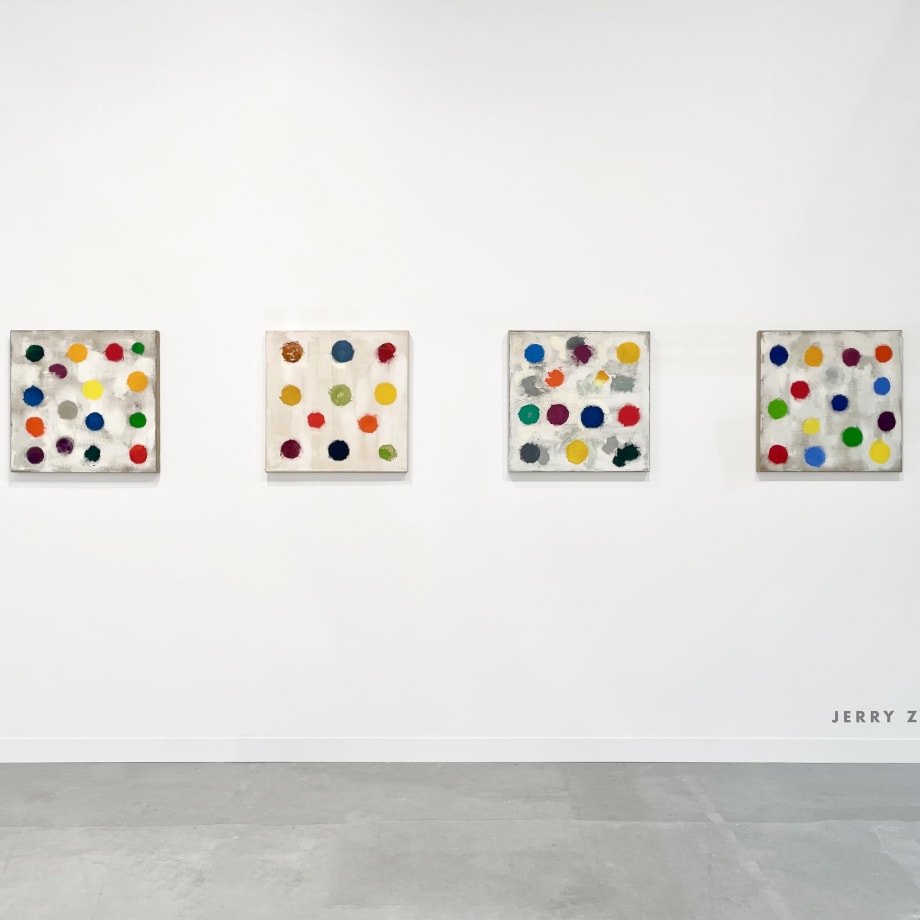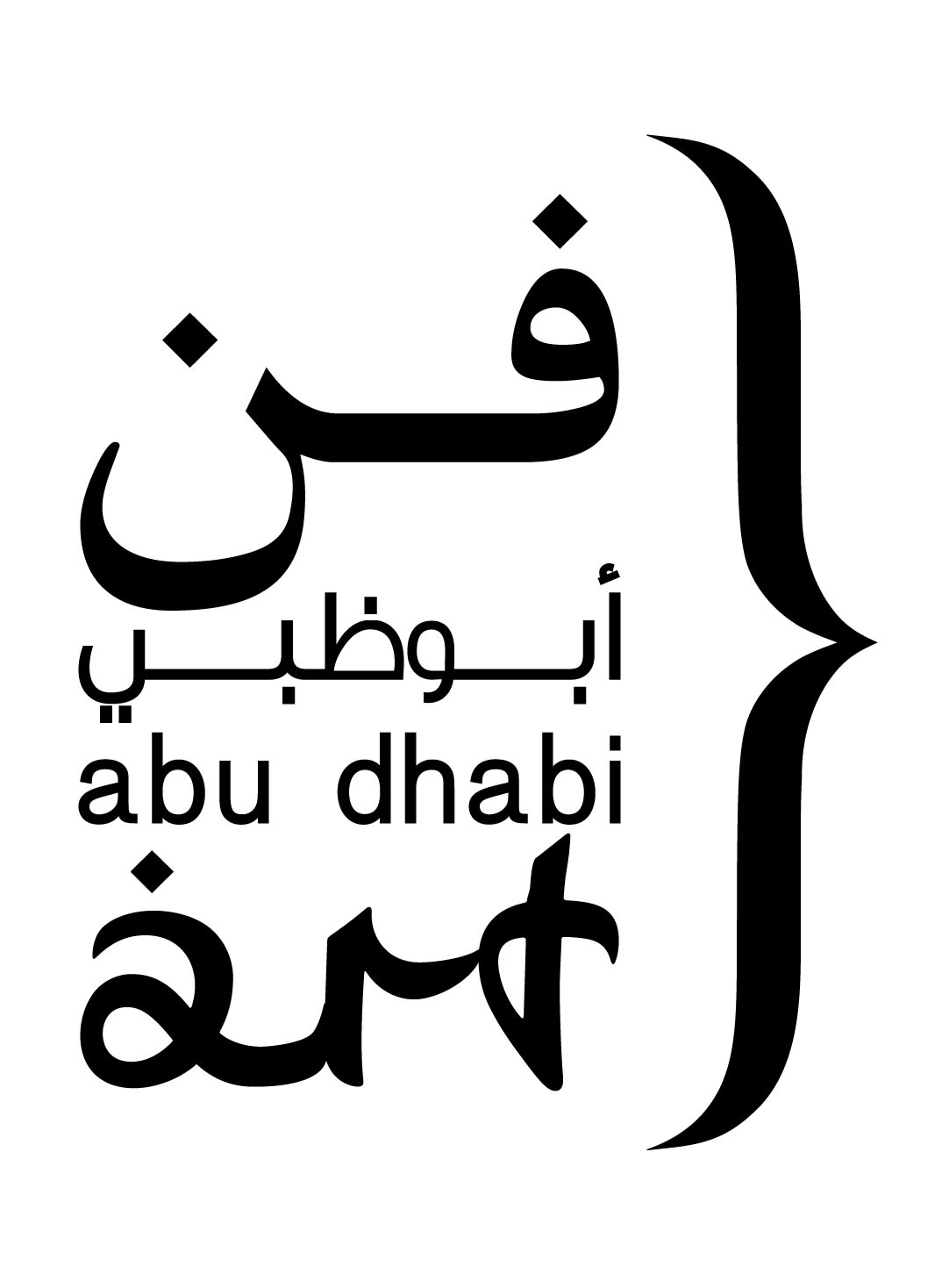 Hall A, booth A33
https://www.abudhabiart.ae/
https://www.abudhabiart.ae/
https://www.abudhabiart.ae/
Hall A, booth A33
https://www.abudhabiart.ae/
https://www.abudhabiart.ae/
https://www.abudhabiart.ae/
Jerry Zeniuk (1945) designates himself as belonging to a vein of painting coming from Paul Cézanne and Piet Mondrian. This culminated in Minimalist painting of the postwarera in the United States and analytical painting in Europe which was when he started hiscareer: “I see myself as a Fundamental painter, a Formalist.”
The term “fundamental painter” refers to a groundbreaking show staged by the Stedelijk Museum Amsterdam in1975, in which Zeniuk participated along with other artists of the calibre of Gerard Richter, Robert Ryman, Brice Marden, Robert Mangold and Agnes Martin to name a few, which made a first attempt at defining the formalist framework for non-objectivepainting of the 1970s on both sides of the Atlantic. The key aspect for these painters atthe time was a focus on the inherent elements of painting, both material and pictorial:format, size and scale, color, line (or its absence), texture as well as facture, tools, ma-terials, the composition and the process of painting - and, last but not least, the viewer.
Zeniuk’s painting is in line with the painterly propositions made by a number of his contemporaries, designated by the term “fundamental” painters when painting was once
more pronounced dead. It is all about painting. It is about how painting is made with
the inherent elements of painting: the formalist choices of support, paint and color; texture and facture; absence of line; size, format, and scale; composition and process. It is about how to paint a painting that presents like a painting; and it is about the viewer, who, if you will, is in fact the final inherent element in the medium of painting. Because, if a painting is to be perceived as a painting, nothing more and nothing less, it needs a viewer to do so. A painting is something to be seen.
At first glance a random arrangement of colored dots floating in the void, these paintings remain true to Zeniuk’s concept of a new kind of spatiality flat across the surface that he developed in his earlier works. The oil paint that the dots are executed in lifts them up from the surface by way of its inherent shimmer, while the weave of the canvas pushes through the paint and firmly anchors them on the picture plane. The choice of colors creates a supplementary pictorial dynamic. Some colors have the quality to visually recede, while others rather visually protrude. They exist in a situation, in relation to each other, in relation to the material painting, and - last but not least - in relation to the viewer.
His later works are a more intricate balancing of elements, and color is truly used for its expressive qualities here. Zeniuk’s formats range from small to monumental. After a first unified image, it is the colored dots that enter into dialogue with the viewer: one by one, in pairs, in groups, alternating. The recent canvases show their viewer the richness of color and its power of expression with the simplest means.
Zeniuk’s lifetime oeuvre is not just about an idea. He is concerned with painterly issues, not so much technically as in terms of the process that takes place while painting and while viewing painting. It is this fact of focusing on purely painterly elements that makes Zeniuk a fundamental painter.
Zeniuk is a contemporary painter, who in his era inserted himself in the continuity of avant-garde painting, and who carries on the meaning of painting for its viewers. Beauty is the ultimate goal - visually but also in terms of aesthetics.
Jerry Zeniuk was born in 1945 in Bardowick, on the then inner border between Eastand West Germany, as a son of Ukrainian refugees. In 1950 his family emigrated tothe United States, settling in a small town called Loveland, Colorado. After completingan MFA (Master in Fine Art) in Painting at the University of Colorado Boulder, Zeniukmo- ved to New York City, where the Paley & Lowe gallery in 1972 held his first soloshow. Soon a number of important international exhibitions followed, as for example Geplante Malerei, Westfälischer Kunstverein Münster, Germany, in 1974. More importantly, Zeniuk’s work was shown in the groundbreaking show Fundamental Painting at the Stedelijk Museum Amsterdam in the Netherlands in 1975, which defined contemporary minimalist painting on both sides of the Atlantic.
It was followed by the equally important I Colori della Pittura: Una Situazione Europea at the Istituto Italo-Latino-Americano in Rome, Italy, Bilder ohne Bilder at the Rheinisches Landesmuseum, Bonn, Germany, and Abstraction Analytique at the ARC- Muséed’Art Moderne de la Ville de Paris, Paris, France; and his work was part of the iconic1977 Documenta 6 in Kassel, Germany.
Currently, Zeniuk lives in Munich, Germany, where he taught painting at the Academy of Fine Art from 1992 to his retirement in 2010. The Konrad Fischer Gallery in both Düsseldorf and Berlin as well as Annemarie Verna, Zurich, and Slewe Galerie in Amsterdam, Netherlands, regularly display his works.
Since 2022 Zeniuk is represented by ABC-ARTE in Genoa, Italy.
In 1999 his first large-scale traveling retrospective was shown by the Städtische Galerie im Lenbachhaus, Munich, and the Neue Galerie, Kassel, Germany, as well as the Kunstmuseum Winterthur, Switzerland, ac- companied by a first comprehensive catalogue of his lifetime work. It was followed by a 2004 retrospective of watercolors at the Staatliche Kunsthalle Karlsruhe, Germany. Zeniuk’s works have been exhibited by innumerable museums and are held in a number of important collections around theworld, as for example the Museum Wiesbaden, Germany, Louisiana Museum of ModernArt, Humblebaek, Denmark, the Virginia Museum of Fine Arts and The Maslow Collection, Shaverton, PA, in the USA.
Zeniuk’s lifetime work is an in-depth research into the fundamentals of painting, mainly through color. His early works made an attempt at defining painting by way of monochromatic planes executed in encaustic and reflective pigments in neutral colors thatcreated a very shallow sense of space; the painting encountered the viewer on a humanscale like a neutral alter ego talking about its nature as a painting. His recent works arecomposed of colored dots that are firmly anchored in the painted plane and that arerelated both to each other and their viewer by way of their hues. They reflect a widerange of emotions and social interactions. For Zeniuk, who majored in History, Philo-sophy and Art, absolute beauty is an incontestable part of painting.
